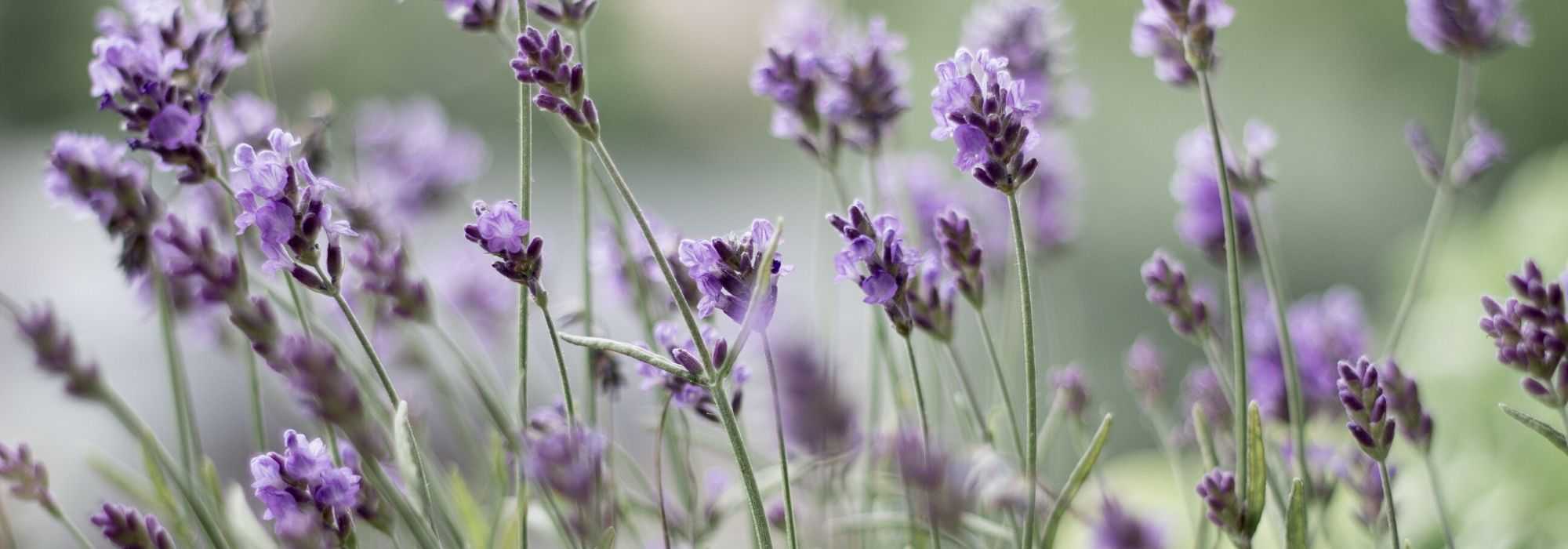
How to dry lavender?
Explanation and advice
Contents
Colourful, fragrant and melliferous, lavender smells of Provence! It is also a plant with a thousand virtues. Lavender is healing, antiseptic, soothing and bactericidal. By drying it, you can enjoy its intoxicating scent and all its benefits. Discover how to dry, store and use lavender!
Th most fragrant varieties
Everyone knows English lavender, its scent and flowers of such a characteristic mauve-blue. But there are many varieties with different shapes and colours! Here are the most fragrant cultivars for your garden:
- White varieties: Lavandula angustifolia ‘Arctic Snow’, Lavandula angustifolia ‘Hidcote white’
- Purple/lilac varieties: Lavandula stoechas x viridis ‘Fat Head’, Lavandula (x) intermedia Phenomenal®, Lavandula (x) intermedia ‘Grosso’
- Blue varieties: Lavandula angustifolia ‘Ellagance Sky’, Lavandula (x) intermedia ‘Platinum Blonde’, Lavandula angustifolia ‘Essence Purple’
- Pink varieties with large bracts: Lavandula stoechas ‘The Princess’, Lavandula stoechas

Some highly fragrant lavenders: Lavandula angustifolia ‘Arctic Snow’, Lavandula ‘Phenomenal’ and Lavandula ‘Platinium Bonde’ (©Cultivaris)
Read also
How to dry hydrangea flowers? - TutorialWhen and how to harvest lavender?
The time when lavender is most fragrant is just before the flowers are fully open. This corresponds to late June in southern France, and rather July in slightly cooler, less sunny areas. When the time comes, favour the morning: the scent is then more intense and better preserved. Indeed, the blazing afternoon sun contributes to the evaporation of aromas. This is also true for all the aromatic herbs!
For harvest, use clean pruning shears and cut just above the leaves. Do not harvest only the flowers; leave part of the stem so you can make bunches.
Discover other Lavendula - Lavender
View all →Available in 2 sizes
Available in 6 sizes
Available in 4 sizes
Available in 2 sizes
Available in 2 sizes
Available in 0 sizes
Available in 0 sizes
Available in 3 sizes
Available in 3 sizes
Available in 3 sizes
How to dry it?
Once your stems are cut, you have three options for drying them.
Method 1: hang bunches upside down
- Gather several stems to form a small bunch about 2 cm in diameter at the stems. If you make large bunches, they will dry less well and may mould;
- Align the ends of the stems and, if necessary, trim any stems that are too long so they are all at the same level;
- Tie the stems with a rubber band or string. A rubber band does not slip because it grips the stems well as they tend to shrink when drying;
- Keep a length of string or your rubber band to hang the small bunch from a hook, with the head facing down;
- Leave to dry for 15 days to one month.
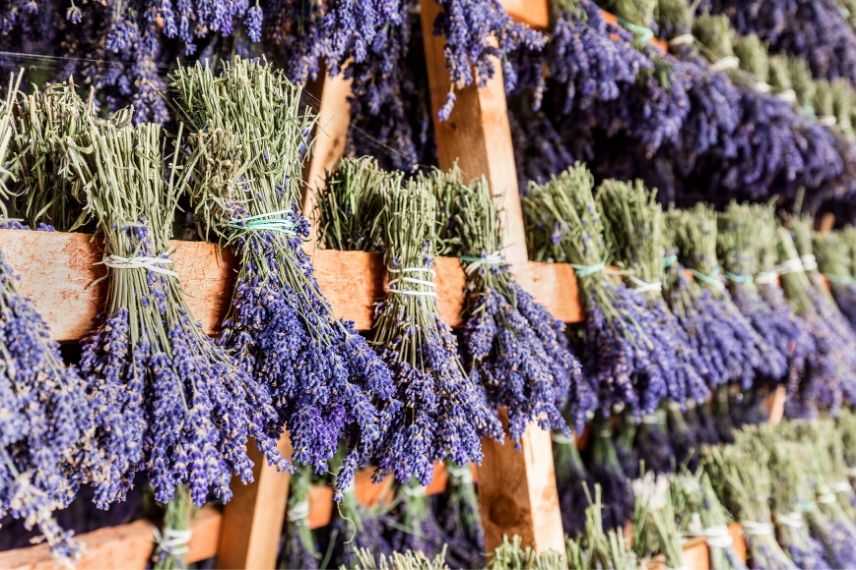
Lavender bunches dried upside down
Method 2: spread stems on newspaper
- Lay newspaper in a crate or on a work surface;
- Spread the stems so they are not touching;
- After ten days, turn them over so the other side contacts the newspaper, which absorbs moisture;
- Leave to dry for about three weeks;
- Once thoroughly dry, you can collect your stems.
Method 3: dry lavender in full sun
- Spread the stems on a wood surface;
- Place them in full sun, sheltered from wind so they do not blow away;
- Watch for rain and bring them in if necessary;
- Impatient gardeners will appreciate this method, as stems can be dry in as little as one week!
Warning: Sun drying discolours flowers, so it is more suitable for sachets than for dried bouquets.
→ Further reading : Create a garden of cut flowers to make your own bouquets
How to preserve it?
Once your lavender sprigs are thoroughly dry, it is time to store them. If you want to keep only the flowers, simply strip them off the stems. To do this, lay a clean cloth on a work surface. Next, remove all other parts so only the stem remains. Then place the flowers in a tin box or an airtight jar. Lavender keeps for one year; after that it loses fragrance, so it is time to harvest again!
What to do with dried lavender?
Scented sachets
To scent linen and keep moths away! Buy or make small fabric sachets gathered at the top. If you make them yourself, you can simply tie the sachet with a ribbon to keep things easy. All that remains is to fill the sachet with your dried flowers and close it. Place it in wardrobes and drawers. That way, when dressing in the morning, your linen smells of lavender! And no more moth holes!
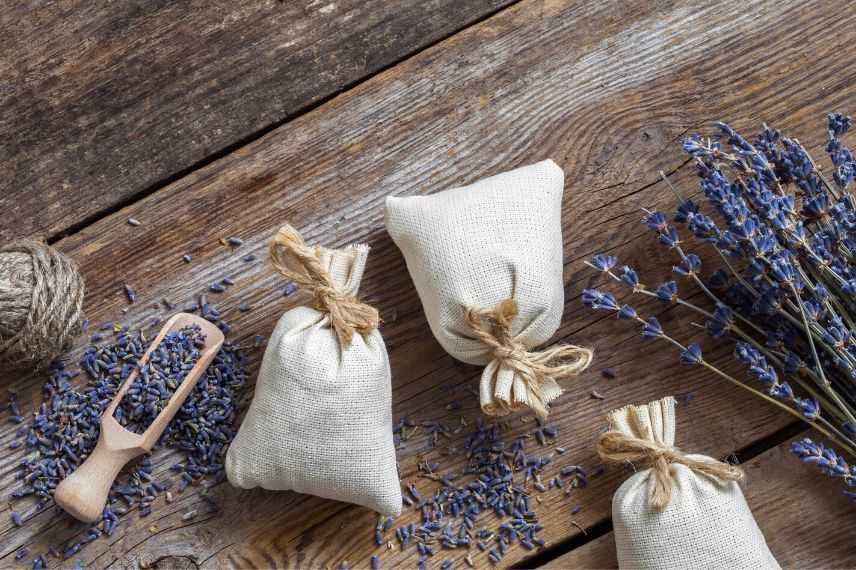
Making lavender sachets
Bouquets
The great advantage of a dried bouquet is its long lifespan! Dried lavender remains very decorative. The colour is slightly faded, giving it a softer, more elegant tone. To accompany your lavenders in a vase, you can also dry hydrangea flowers. Voluminous, they form spheres that go very well with upright lavender stems. To complete the arrangement, consider dried grasses such as pampas grass, Erianthus or wheat.
Lavender spindles
Rather than using sachets, if you are handy, make your spindles (also called fuseaux). The principle is simple: use the stems to create a cocoon containing the flowers. Nothing is wasted, everything is transformed! Warning: this must be done immediately after harvest, otherwise the stems will stiffen and become brittle.
Materials needed
- 30 lavender stems
- 6 mm-wide satin ribbon, 3 m long
- A glass
- A pair of scissors
Instructions
- Remove leaves from the 30 lavender stems
- Place them side by side and even them up with your pair of scissors
- Tie the ribbon just below the flowers; leave 30 cm of ribbon on one side and the rest of the length on the other
- Gently place the head of the small bunch into a glass
- With the stems pointing up, fold them down two by two so they form a crown around the glass
- Take the long end of the ribbon, then pass it once over and once under each pair of stems
- After two turns, tighten the ribbon so the stems come together
- Then turn all the stems so the flower side is facing out
- Continue weaving the same way until the flowers are completely covered
- Secure your spindle with a tight knot
- If necessary, shorten the stems if they are too long
- And there you have it, your spindle is ready!
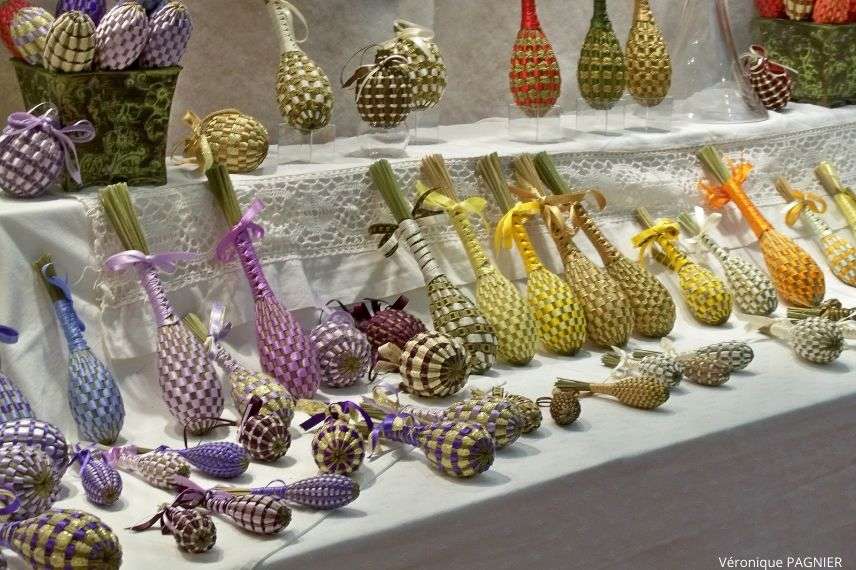
Lavender spindles
Lavender heart
You can also create a decorative lavender heart using wire, which you can hang on furniture, a door or a banister.
- Braid three lengths of wire together
- Shape the braid into a heart
- Insert your lavender stems between the wires so the flowers protrude and completely hide the wires
- Secure them at the back with sewing thread so everything stays in place
- Hang your heart wherever you like using a ribbon!
Cooking with lavender
It’s not just its scent that charms us, but its flavour too! Lavender can be enjoyed as an infusion. Allow about a teaspoon of flowers per cup, steep for 10 minutes. Cupcakes, shortbread, yoghurts, ice creams, crème brûlée, moist cakes… It flavours many desserts! You can also pair it with aromatic herbs to cook fish.
Lavender is one of the moth-repellent plants that work well: discover how to use it for this purpose!
To go further
See our other guides dedicated to lavender:
- Lavender: planting, growing and pruning
- How to get lavender wrong in 5 lessons?
- Lavender: which to choose?
- How to propagate lavender?
- Subscribe!
- Contents
































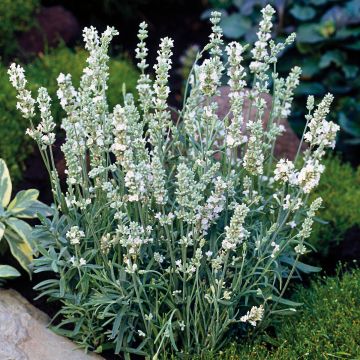

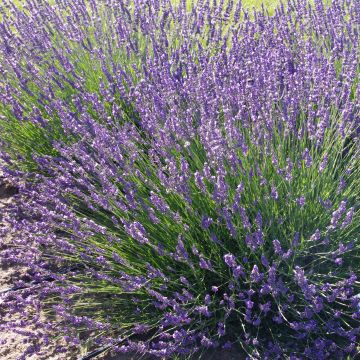
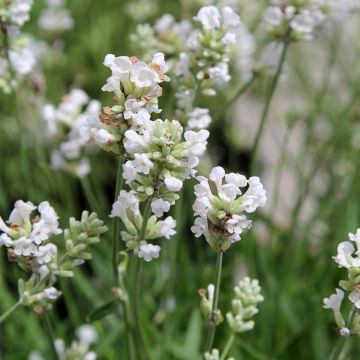
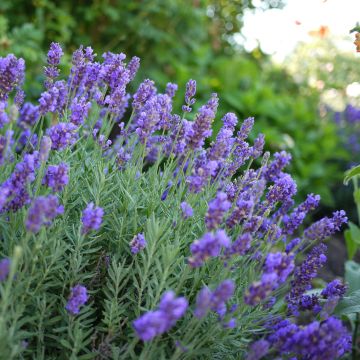
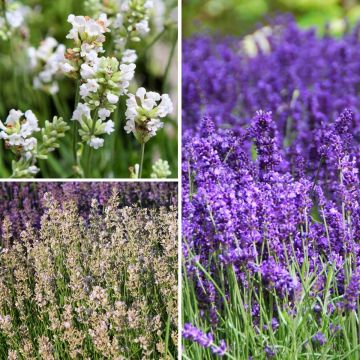
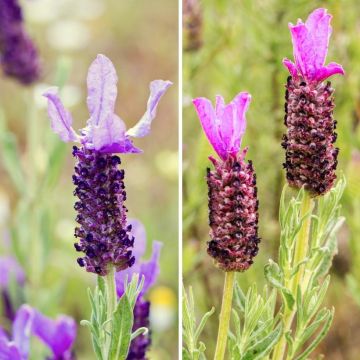
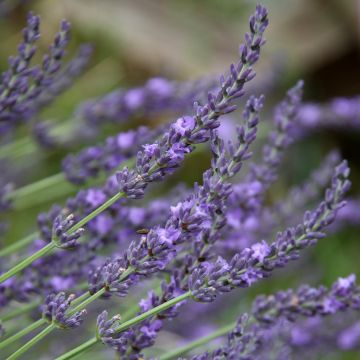
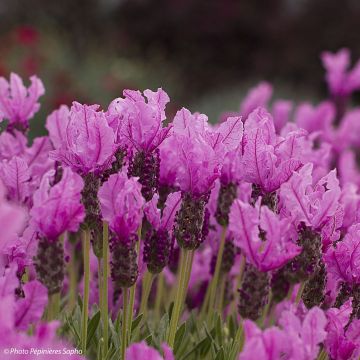
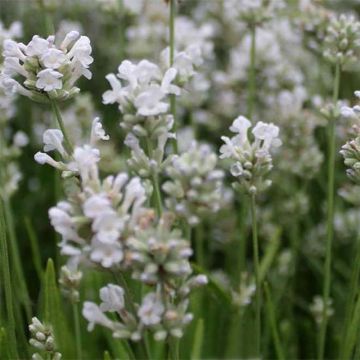
Comments